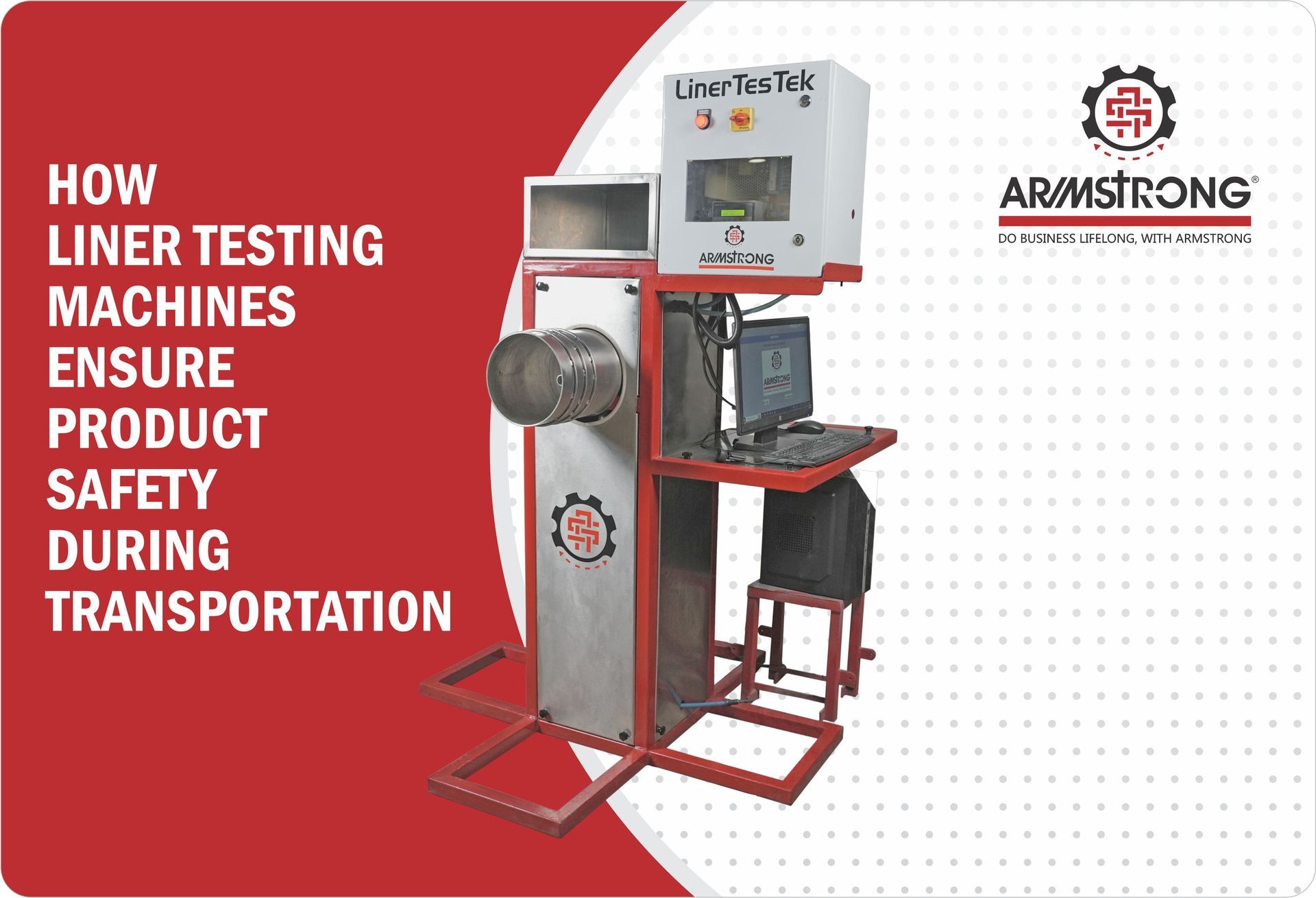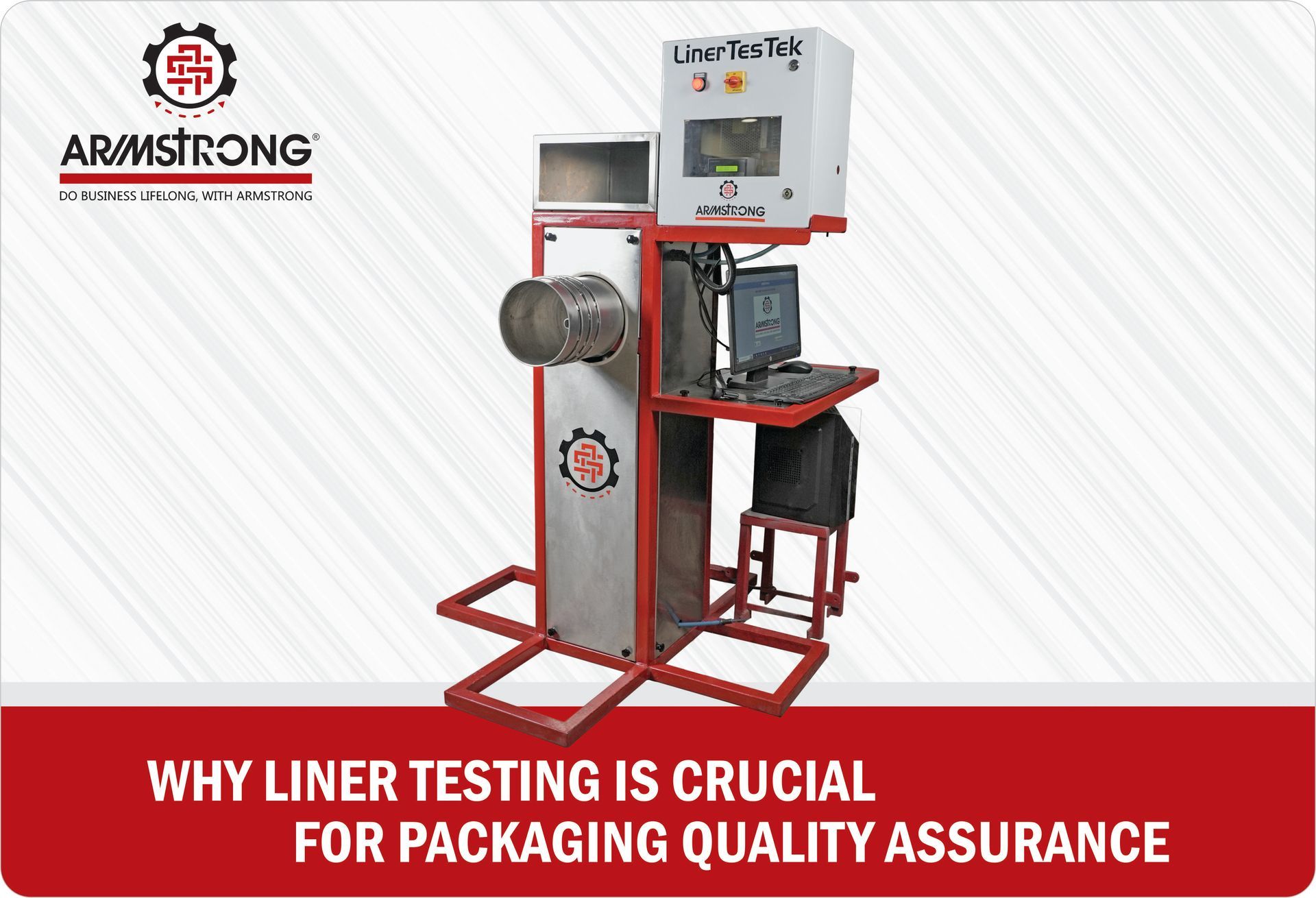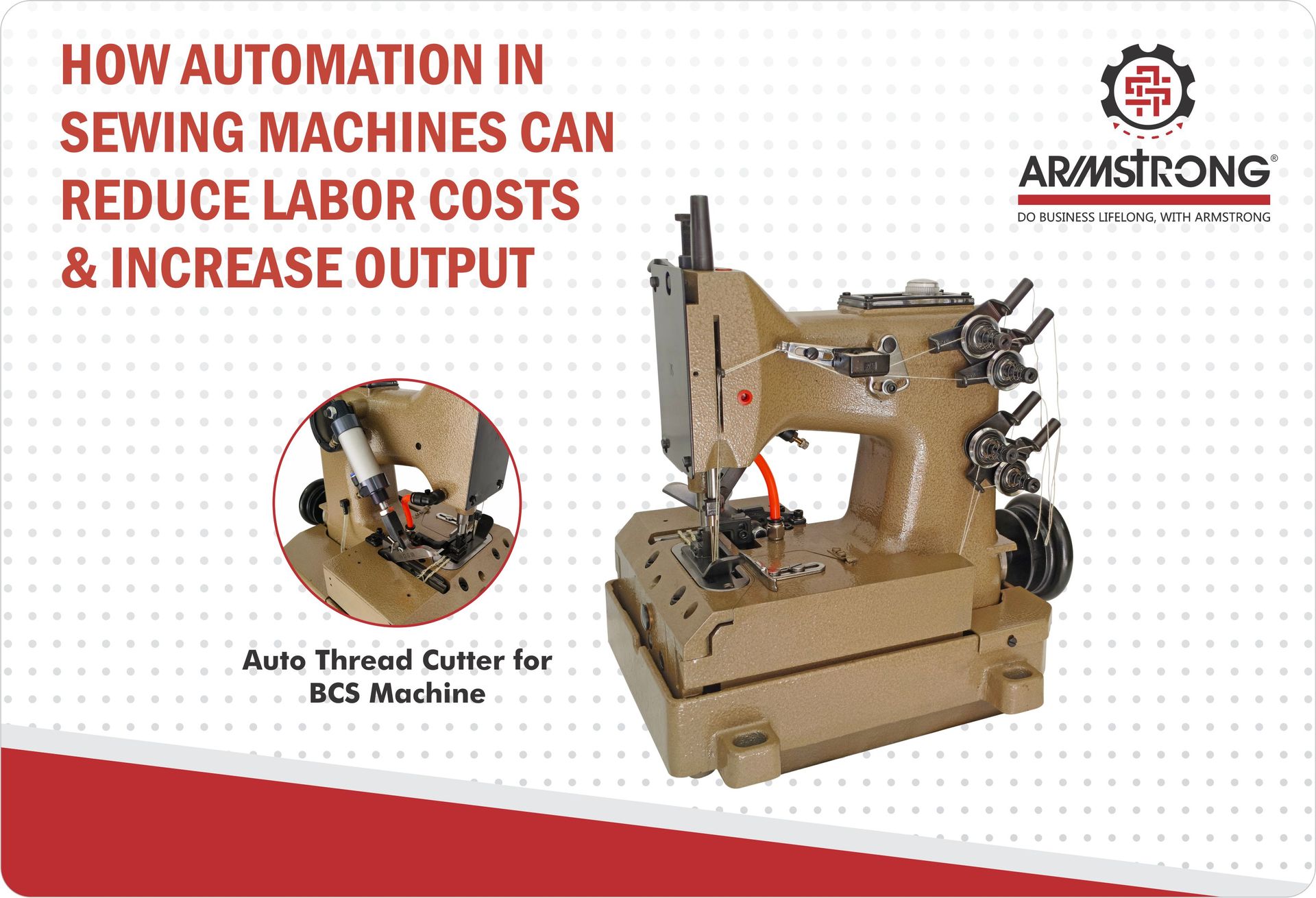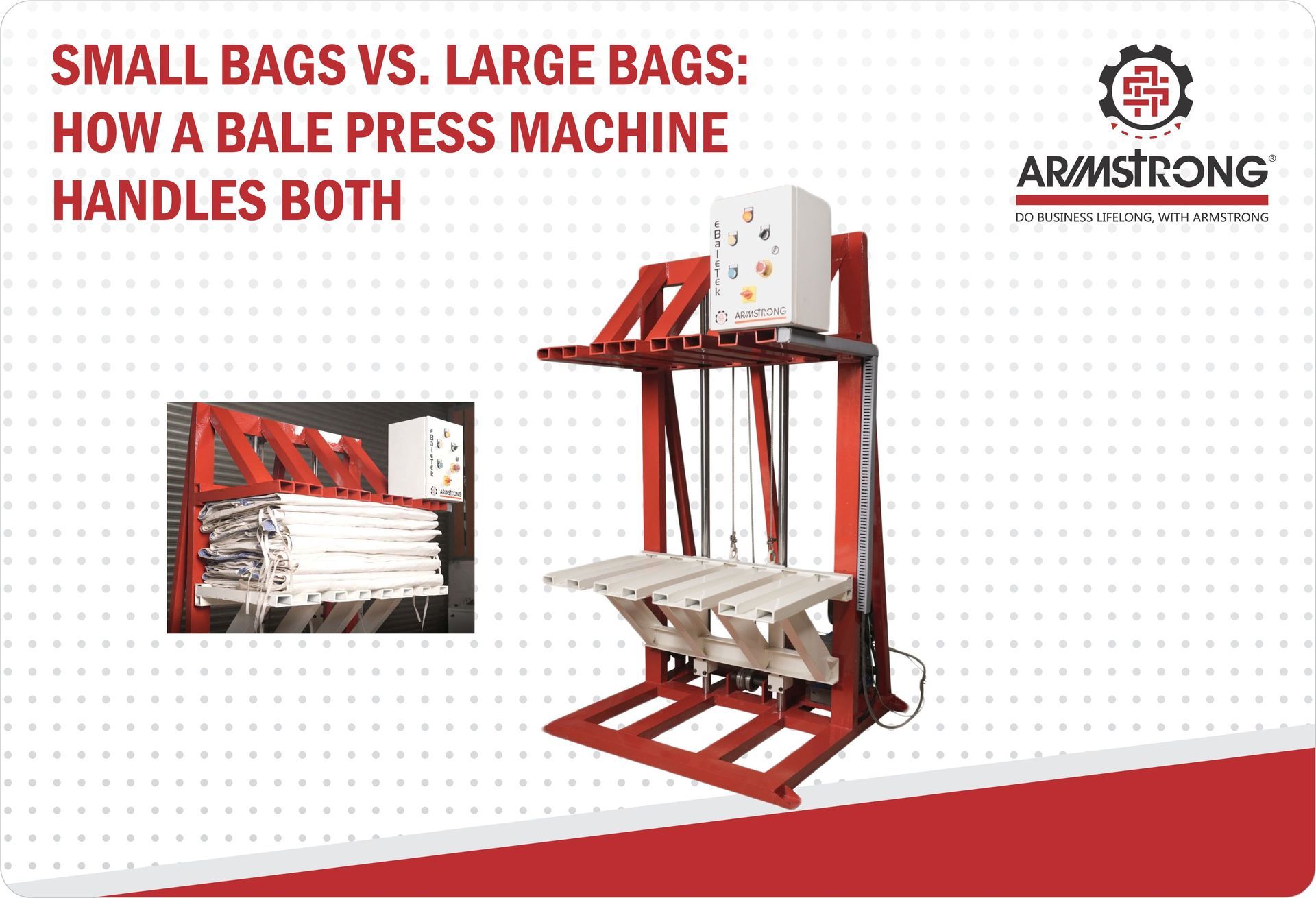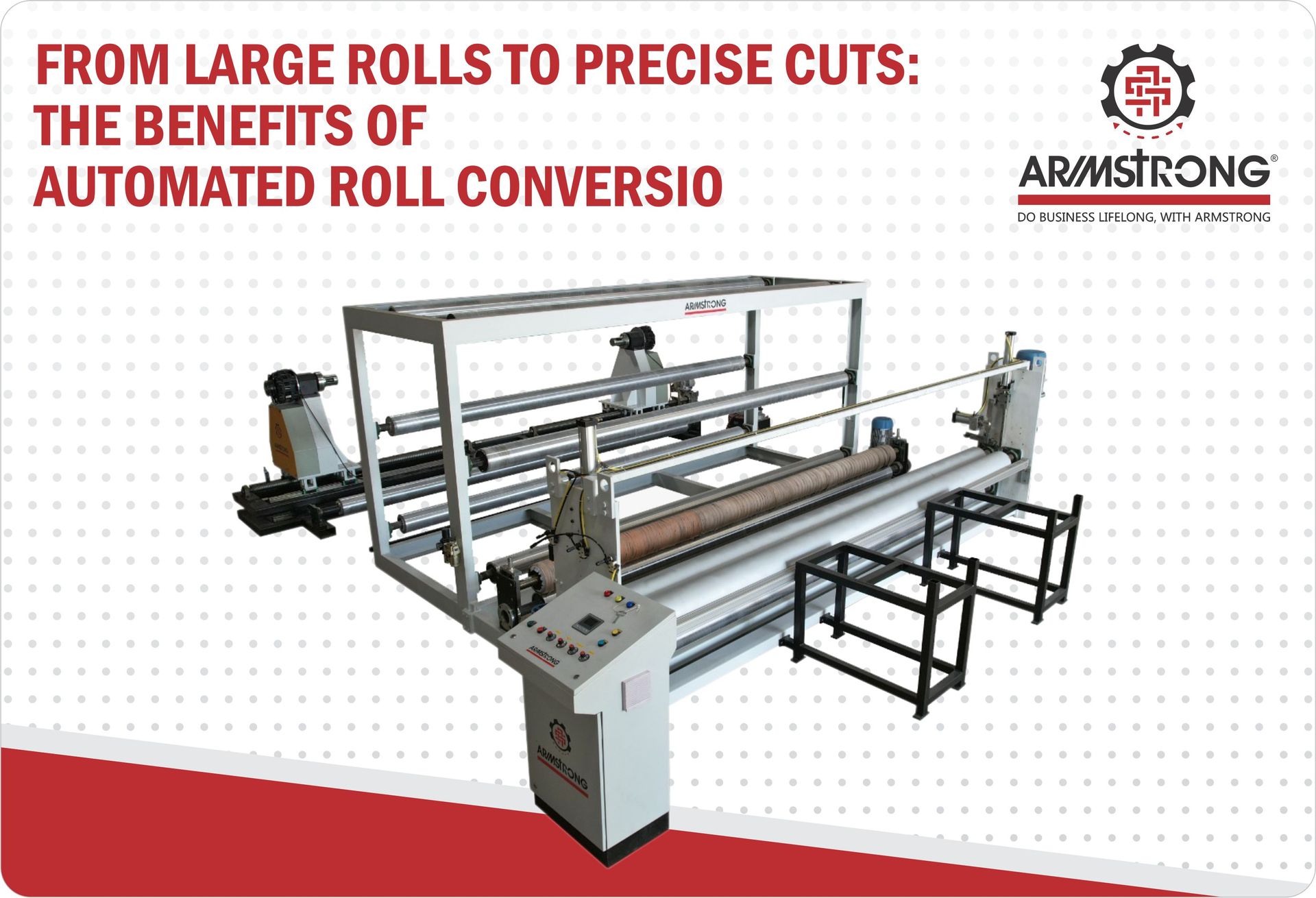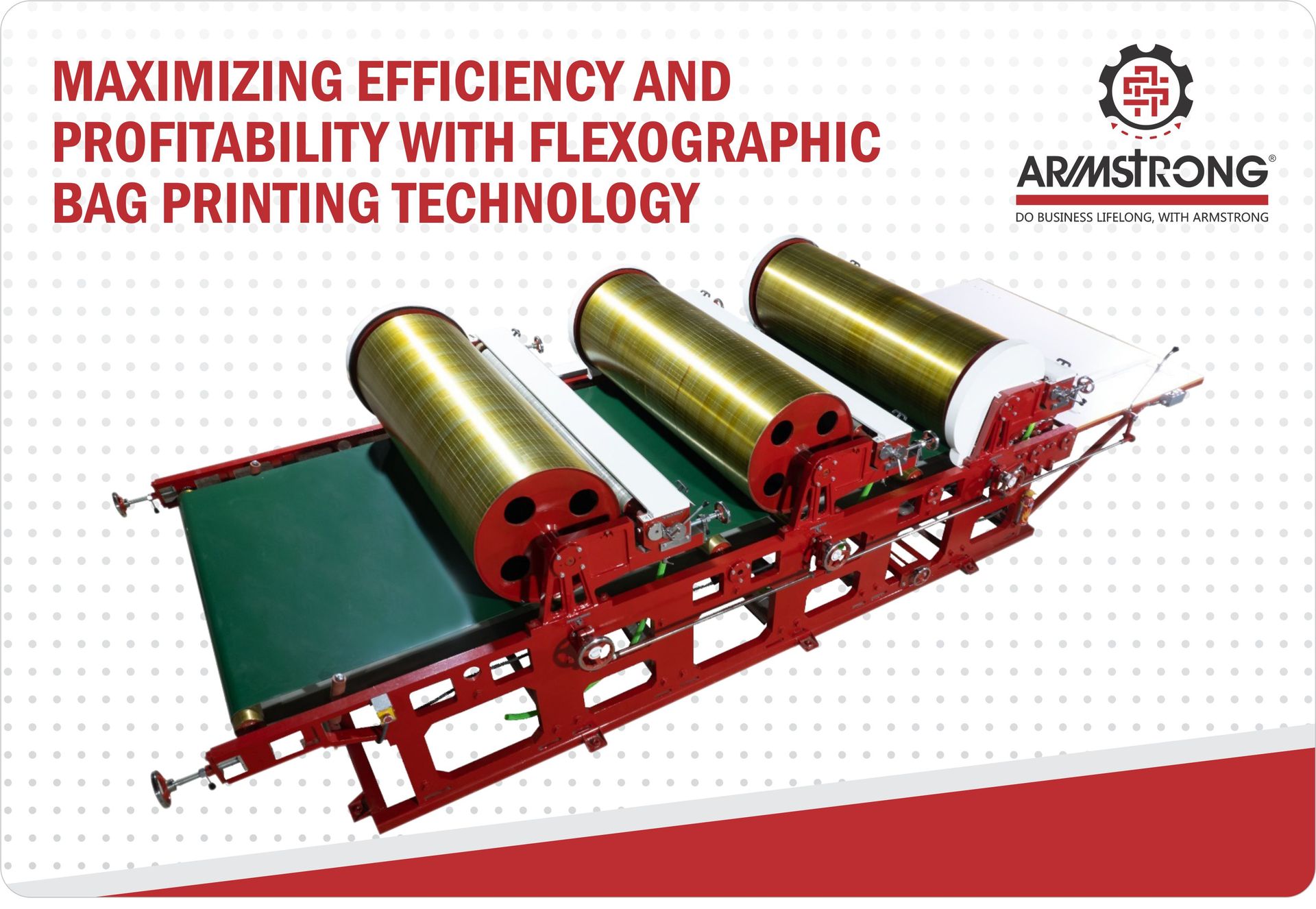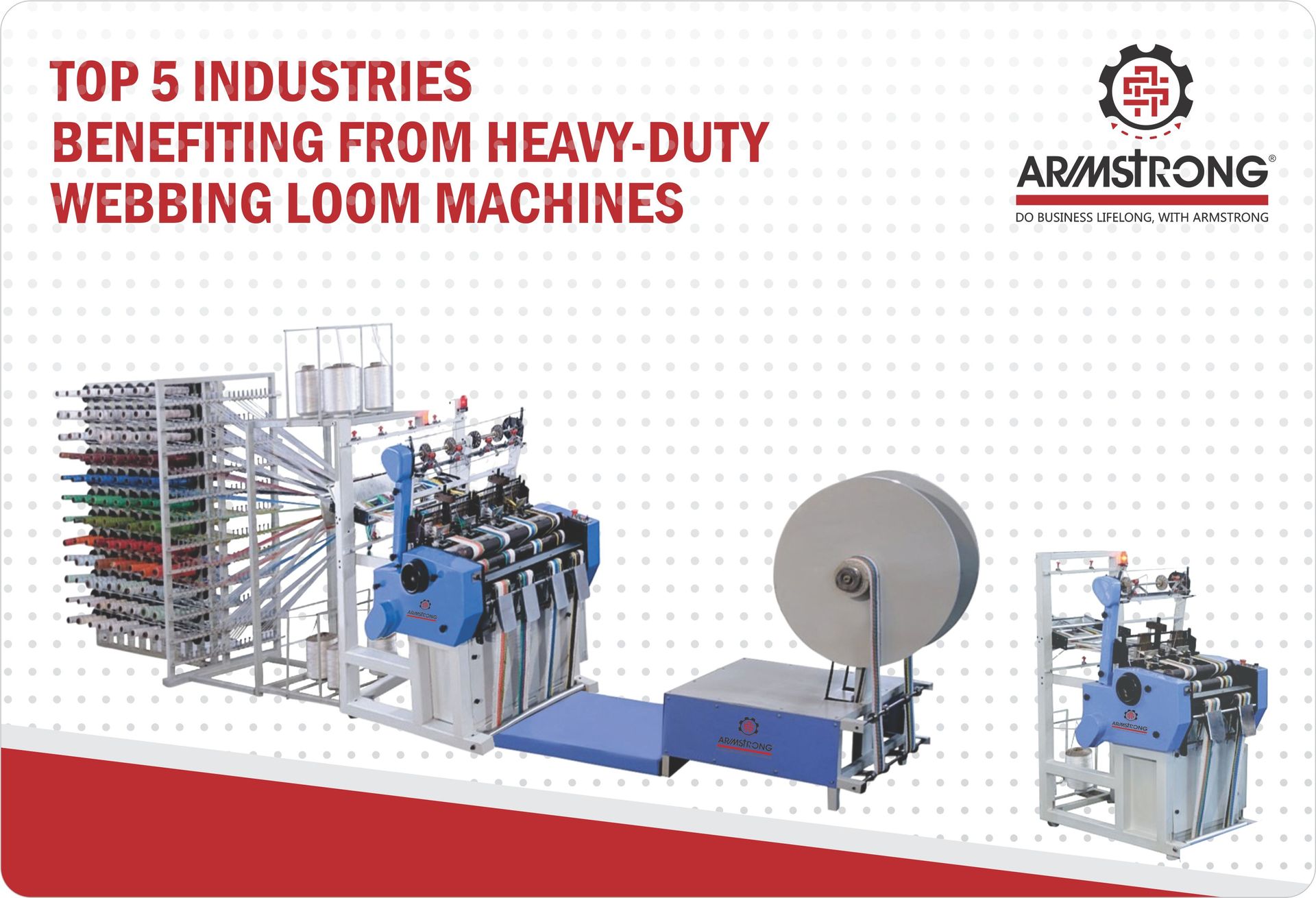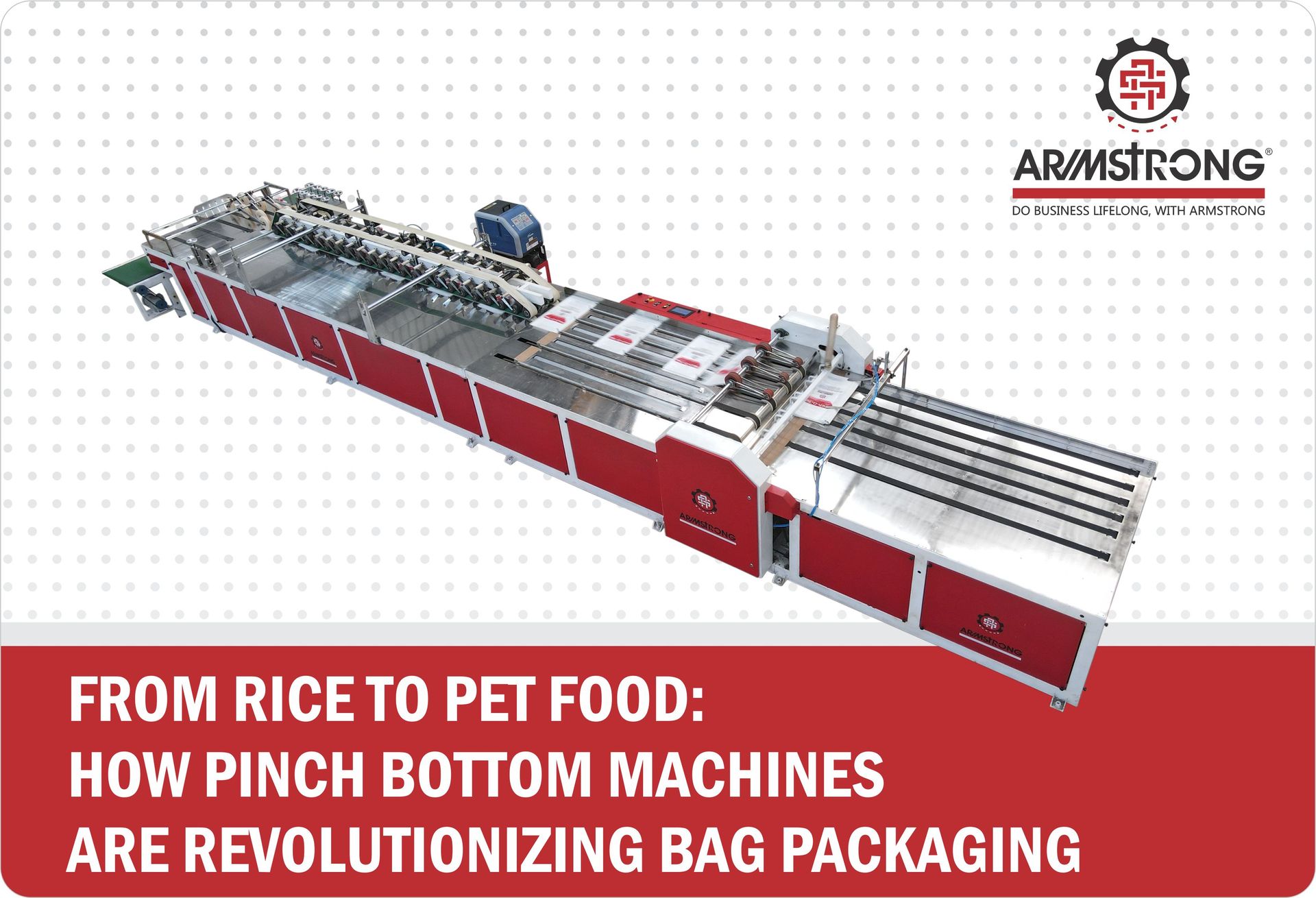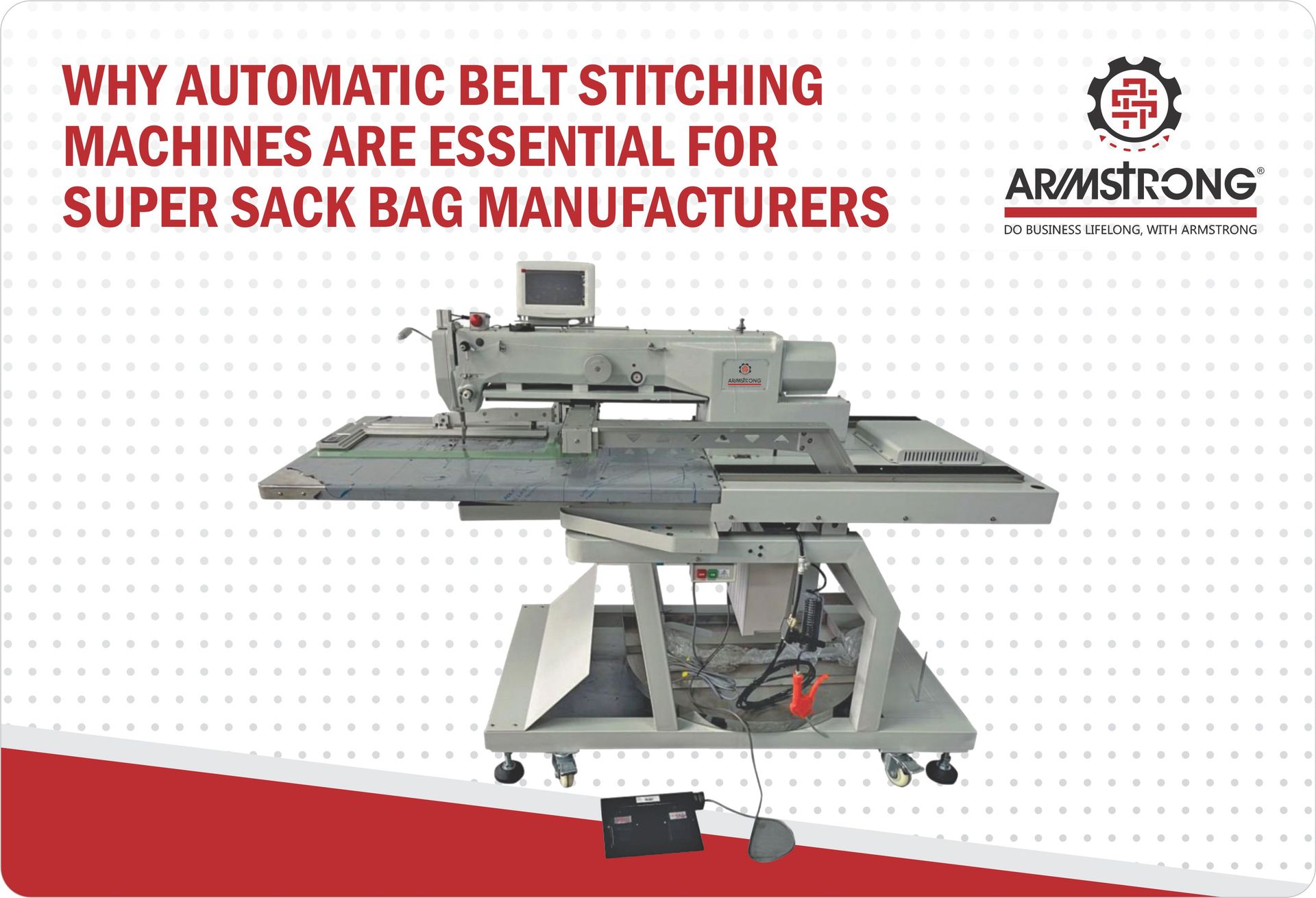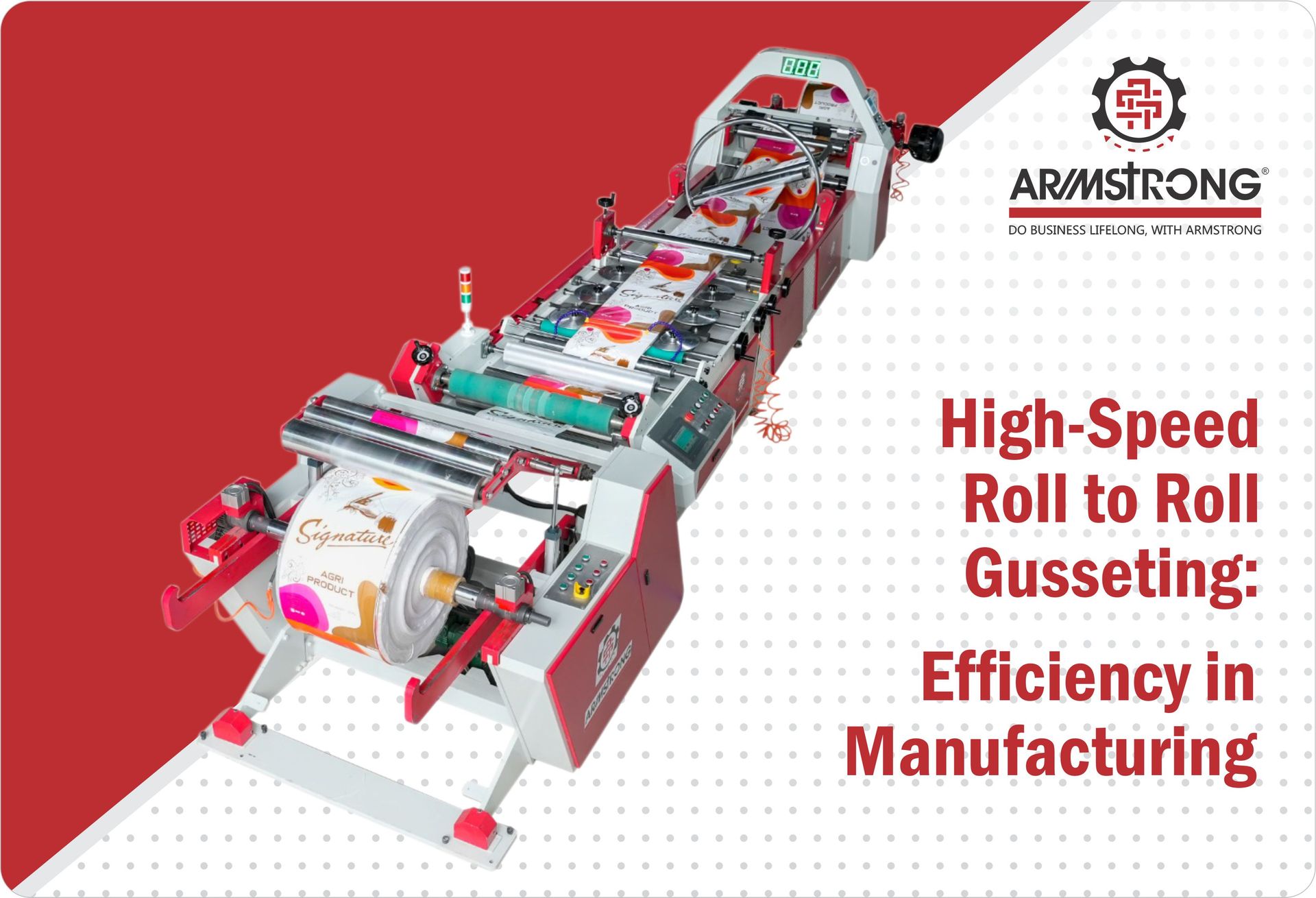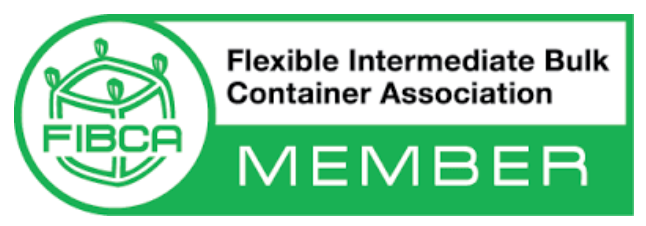Reducing Costs with Mechanical Perforation in Flexible Packaging Manufacturing
Flexible packaging is everywhere in our daily lives. It keeps products fresh and easy to use, from coffee and tea packets to powdered milk and medicine. But have you ever wondered how these packages are made accessible and open? It's all thanks to mechanical perforation, and companies like Armstrong are making it more straightforward and cost-effective than ever.
In this blog, we will explore mechanical perforation, how it works, why it's better than other methods, and how it helps reduce manufacturing costs.
What Is Mechanical Perforation?
Mechanical perforation creates minor, evenly-spaced cuts or holes in flexible packaging films. These tiny perforations make opening the packaging easier without the need for scissors or extra effort.
Imagine opening a pack of powdered coffee. When you tear it, the packet follows a pre-designed line. That's mechanical perforation at work! This approach is used to package things like:
- Coffee
- Tea
- Powdered milk
- Medicine
Unlike laser perforation, mechanical perforation creates lines using a machine with a perforation knife. Armstrong specializes in such machines, offering manufacturers a practical and cost-effective solution.
How Does a Mechanical Perforation Machine Work?
Let's dive into how this fascinating machine operates! Armstrong's Roll-to-Roll Liner Perforation Machine is a perfect example.
- Feeding the Film: The flexible packaging film (made of HDPE, LDPE, or LLDPE) is fed into the machine.
2. Perforation Process: A specially designed perforation knife makes neat, precise cuts on the film. These cuts create the tear lines that make packages easy to open.
3. Bottom Sealing: The machine also seals the bottom of the packaging, ensuring the product stays secure until the consumer is ready to open it.
4. Rolling: Finally, the film is rolled up into large rolls, ready for further use or cutting into individual bags.
The machine can handle films up to 3 metres long and produce six pieces per minute. Much is packed into a little period!
Why Mechanical Perforation is Better than Laser Perforation?
Now, you might be wondering, why not use lasers for this? After all, lasers sound fancy and high-tech. But there are several reasons why Armstrong's mechanical perforation machines are the better choice:
- Lower Cost: Laser machines are expensive to buy and maintain. Mechanical perforation machines, like the ones from Armstrong, are much more affordable. This lets producers offer high-quality packaging while saving money.
- Safer to Operate: Laser machines require strict safety measures because they use high-energy beams. On the other hand, mechanical machines are safer and easier to handle, reducing the risk of accidents.
- Reliable Performance: Mechanical perforation ensures consistent results every time. There's no risk of uneven perforation, which can sometimes happen with lasers.
- Environmentally Friendly: Mechanical perforation doesn't use additional energy sources like lasers, making it more eco-friendly.
Reducing Costs with Mechanical Perforation
One of the biggest reasons manufacturers choose mechanical perforation is its ability to reduce costs. Here's how:
- Lower Equipment Costs: Buying a mechanical perforation machine from Armstrong is much cheaper than investing in a laser perforation system.
- Reduced Maintenance: Mechanical machines are more straightforward in design, which means fewer parts to repair or replace. This lowers maintenance expenses over time.
- Faster Production: Armstrong's Roll-to-Roll Liner Perforation Machine allows manufacturers to produce six pieces per minute. This high-speed production means less time spent on each batch, saving labour costs.
- Energy Efficiency: Unlike laser machines, mechanical perforation machines don't rely on high-energy lasers. This lowers electricity bills and reduces overall production costs.
- Durable Materials: Armstrong's specially designed perforation knife can handle rigid materials like HDPE, LDPE, and LLDPE films, reducing interruptions and smoother productivity.
Applications of Mechanical Perforation
Mechanical perforation isn't just for coffee or tea packaging. Many industries use it, including:
- Food Packaging: Powdered milk, spices, and snack pouches often use perforated lines for easy opening.
- Medicine: Small packets for tablets or powdered supplements rely on perforation for convenience.
- Retail: Plastic bags on rolls, like in supermarkets, often feature perforations for easy tearing.
With Armstrong's machines, manufacturers in all these industries can create functional and cost-effective packaging.
Why Choose Armstrong's Perforation Machines?
If you're in the packaging business, you will want the best equipment to do the job correctly. Here's why Armstrong machines stand out:
- Unique Design for HDPE/LDPE/LLDPE Films: These machines are tailored to handle various film types, ensuring versatility for different packaging needs.
- Efficient Production: The ability to produce six pieces per minute means you can meet high demand without delays.
- Reliable Quality: The bottom-sealing device and perforation knife deliver precise and consistent results every time.
- Affordable: Compared to laser machines, Armstrong's mechanical perforation machines offer excellent value for money.
- User-Friendly: These machines are easy to operate and maintain, making them ideal for businesses of all sizes.
Real-Life Example
Imagine you own a company that makes powdered coffee packets. You have been using a laser perforation machine, but it's expensive and often requires repairs.
- Switching to an Armstrong mechanical perforation machine could solve your problems. Here's how::
- Energy and equipment expenses are reduced.
- Your workers find it easier and safer to operate the machine.
- You can produce more packets in less time, boosting your overall output.
In no time, you'll see your production costs go down, and your profits go up all thanks to Armstrong!
Simple, Smart Solution for Packaging Needs
Mechanical perforation might seem like a small part of the packaging process, but it makes a big difference. By choosing a reliable and cost-effective solution like Armstrong's perforation machines, manufacturers can:
- Save money
- Improve efficiency
- Deliver better products to consumers
Whether you're packaging coffee, medicine, or retail bags, mechanical perforation is the intelligent choice for today's businesses.
Conclusion
Flexible packaging is vital in our daily lives, making products convenient and easy to use. With Armstrong's Roll-to-Roll Liner Perforation Machine, manufacturers have a reliable, affordable, and efficient way to produce high-quality packaging.
Mechanical perforation is not just about creating tear lines, it's about reducing costs, improving safety, and delivering better results. And when you choose Armstrong, you're choosing a partner that understands your needs and helps you succeed in the competitive world of flexible packaging manufacturing.
So, if you're ready to improve your packaging, explore Armstrong's perforation machines. Start saving today with a more innovative, more straightforward solution!

